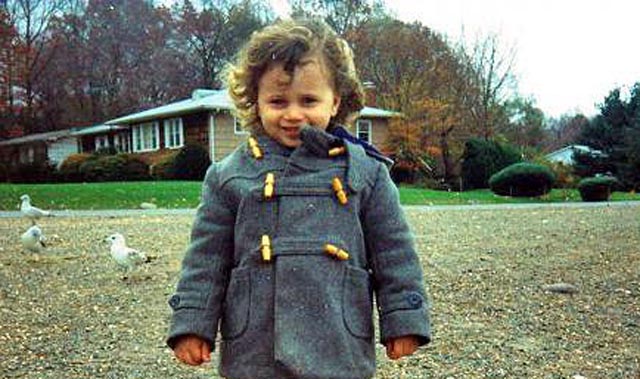“The past is never dead. It’s not even past…”
When William Faulkner wrote these words in Requiem for a Nun, I’m pretty certain he didn’t have a formerly opera-singing African-American performer of Yiddish in mind. Nonetheless, for me Faulkner’s words still manage to apply.
I spend most of my time dealing with one past or another. There’s my ethnic past and present as an African-American. There’s my acquired past as a convert to Judaism and a Jewish educator. And finally, there’s the past in my work as artist: previously as an opera singer and presently as a performer of Yiddish. In my professional life, I’ve impersonated everything from an 18th-century Spanish peasant to a Union soldier to a shtetl shames calling Jews to prayer. My future seems firmly rooted in the past, and I thoroughly enjoy it.
Singing in Yiddish really brought this stuff we all so dismissively call “the past” sharply into focus. I didn’t have to imagine the lives and customs of the Hasidic world my repertoire often describes. I just took a train one Shushan Purim to Brooklyn and experienced it for myself. I didn’t have to pull out a library card to find artists and critics who worked in Yiddish. I just had to stop by a bar to hear Sarah Gordon perform and wait for Rokhl Kafrissen to accept my Facebook friend request. (She totally did, by the way).
Last Slichos, I picked up an old book from a used book sale at a synagogue I was performing at in Irvine, CA. When I first cracked it open, it struck me as a little odd. First the book was in Yiddish. Then it was in English. And then Yiddish again.
The title page read in Yiddish and English, “Key to the Exercises of Ollendorff’s Method by Alexander Harkavy.” The Yiddish inscription differed from the English by stating that it was Ollendorff’s Method “tsulernen english”—”to learn English.” The English stated that it was published in New York by the Hebrew Publishing Company in 1908. In 2014 I took it home and started using it to improve my reading in Yiddish.
 I used the book backwards (undoubtedly to the horror of Ollendorff and Harkavy), the English giving way to English words and phrases transliterated into Hebrew letters and then, eventually, instructions on the rudimentary elements of the English language written in Yiddish. It was in this last (first if you read in the other direction) section that the past popped up to declare itself, well…not past. A brown, very fragile scrap of paper was between pages 88 and 89. It had been there so long that the acid from the paper had left dark impressions on the pages. In a beautiful cursive hand, it read: “Mrs. Silberstern 1018 E. 163 St Bronx.”
I used the book backwards (undoubtedly to the horror of Ollendorff and Harkavy), the English giving way to English words and phrases transliterated into Hebrew letters and then, eventually, instructions on the rudimentary elements of the English language written in Yiddish. It was in this last (first if you read in the other direction) section that the past popped up to declare itself, well…not past. A brown, very fragile scrap of paper was between pages 88 and 89. It had been there so long that the acid from the paper had left dark impressions on the pages. In a beautiful cursive hand, it read: “Mrs. Silberstern 1018 E. 163 St Bronx.”
I instantly went to Google Maps street view in order to look up the address and there it was: an old, pre-war-looking building with three people—a young black boy, a young black girl down the block and, perhaps, their mother, caught in a blur of movement—exiting the building. This was the place where Mrs. Silberstern lived.
Was the book hers? Or somebody who knew her? Was the owner of the book teaching another Yiddish-speaker English, perhaps Mrs. Silberstern? Or maybe Mrs. Silberstern was teaching herself English? And how in the world did the book get from the Bronx to Irvine, CA? How did Mrs. Silberstern get to the Bronx?
I’ll probably never find the answers to these questions. Between this scrap of paper, this book and Faulkner’s statement, I just find more questions.
Is the past ever really past?







